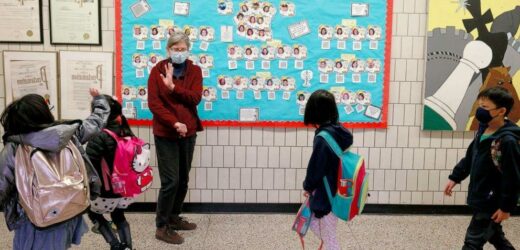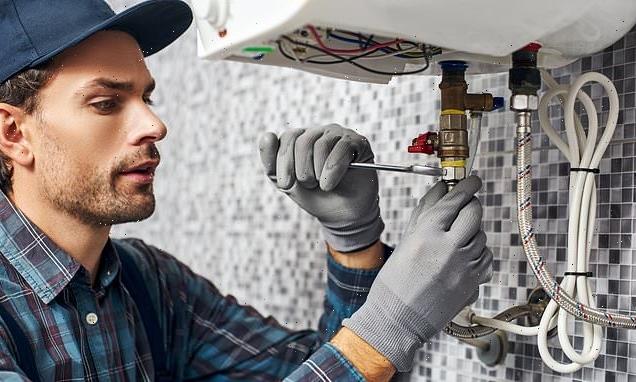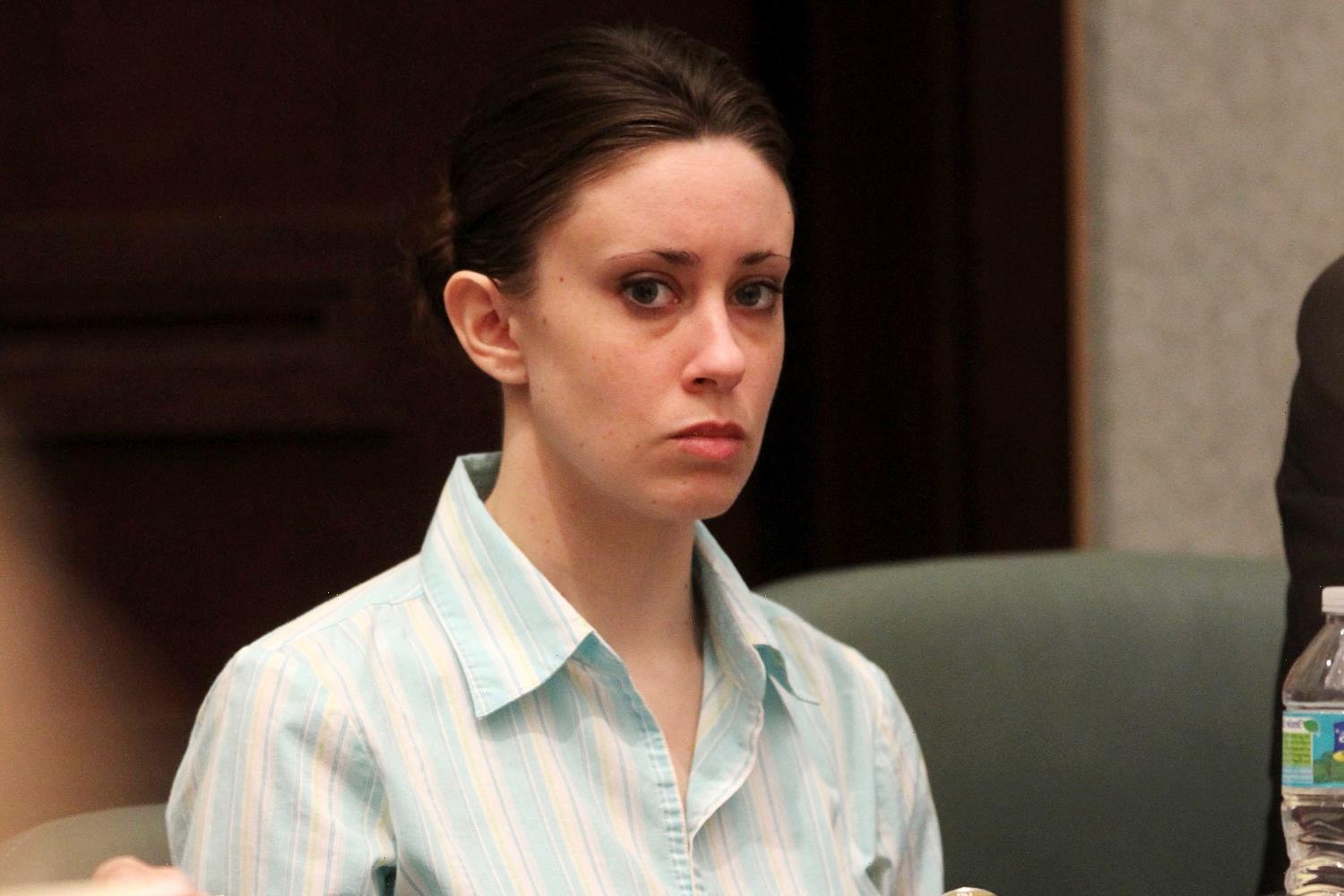New York City, the nation’s biggest school district, will eliminate its remote schooling option this fall, Mayor Bill de Blasio announced Monday.
“It’s time for everyone to come back,” de Blasio said during a Monday press conference. “Every single child will be back in the classroom.”
The announcement comes after a contentious year of schooling in New York City, in which some students learned remotely while others went to class in person. Already vulnerable students fell behind and there was widespread confusion as policies and messaging shifted throughout the pandemic. Monday’s announcement is also a reversal from just a few months ago, when de Blasio said he anticipated offering a remote option in the fall.
“Vaccination has worked ahead of schedule,” de Blasio said of the change.
Although more than 60% of the city’s one million public school students are still learning remotely full-time, the mayor brushed off the notion that some parents might be hesitant to send their kids back to school in the fall.
“We’ve got to understand that we’re leaving COVID behind,” he said when asked about families that weren’t ready to return their kids to the classroom. “We can’t live in the grip of COVID for the rest of our lives.”
Meisha Porter, the city’s schools chancellor, doubled down on that message, noting that there would be no COVID-related accommodations for teachers and staff to work from home. Students with extreme medical challenges will be offered the same accommodations that existed prior to the pandemic.
When schools open at full capacity on Sept. 13, all students and staff will be in the classroom in person. While some smaller districts around the country have announced that they will end the online option for the upcoming school year, New York is among the only large school districts to completely eliminate remote learning. The Los Angeles Unified School District, the nation’s second biggest district, plans to fully reopen next year but will still offer an online option.
“There is no substitute for in-person instruction,” Michael Mulgrew, president of the United Federation of Teachers, which represents most public school teachers in the city, said in a statement. “NYC educators want their students physically in front of them. We want as many students back in school as safely possible.”
Masks will be required in school buildings and social distancing rules will be in place, per Centers for Disease Control and Prevention guidelines, although those guidelines could potentially change by fall. In addition to assigning a nurse to every school, each classroom will have an updated and maintained ventilation system and random COVID-19 testing in the school community will continue, according to the New York City Department of Education.
Starting in June and throughout the summer, parents will be able to visit schools to see the safety precautions put in place, Porter explained.
“We know many families still have more questions and may have some concerns,” she added.
While students age 12 and older are now eligible to vaccinated, younger children won’t be able to get a shot until fall at the earliest. Pfizer has said it will likely seek emergency use authorization for kids between the ages of 2 and 11 in September.
At least 50% of city teachers and school staff are fully vaccinated, according to the DOE. De Blasio said he thought those numbers would rise organically through a combination of incentives, convenient shots for teachers and staff and encouragement from unions.
Using the spring and summer to prepare for in-person learning is the right move, according to David Kirkland, executive director of NYU’s Metropolitan Center for Research on Equity and The Transformation of Schools.
“The real question isn’t whether or not to go back to school,” Kirkland said. “The question is, how do you go back?”
Vulnerable students, students who are not native English speakers and students with disabilities have all been left behind during the pandemic, he explained. Returning doesn’t just mean opening the school doors and wearing masks.
“We don’t want to go back to normal, we want things to improve,” he stressed. A more equitable return would mean targeting resources to those who have fallen behind as well as addressing students’ mental health needs after a traumatic year.
To that end, the city plans to hire 500 social workers and to conduct social emotional screenings for students.
“Addressing the social-emotional needs of school communities through trauma-informed approaches to teaching and learning has and continues to be a top priority,” the DOE said in a statement.
And decisions about resources and mental health need to be made with input from the communities involved, Kirkland explained.
“That’s what the summer is about.” he said. “There needs to be a larger public relations strategy to convince families that schools are not only safe, but changed.”
Editor's Picks
CDC mask guidelines for schools to remain for rest of school year
Rapid school reopenings may have led to thousands of COVID cases, hundreds of deaths in Texas
NYC approves outdoor learning, but offers no plan for schools
ABC News’ Aaron Katersky contributed to this report.
Source: Read Full Article


